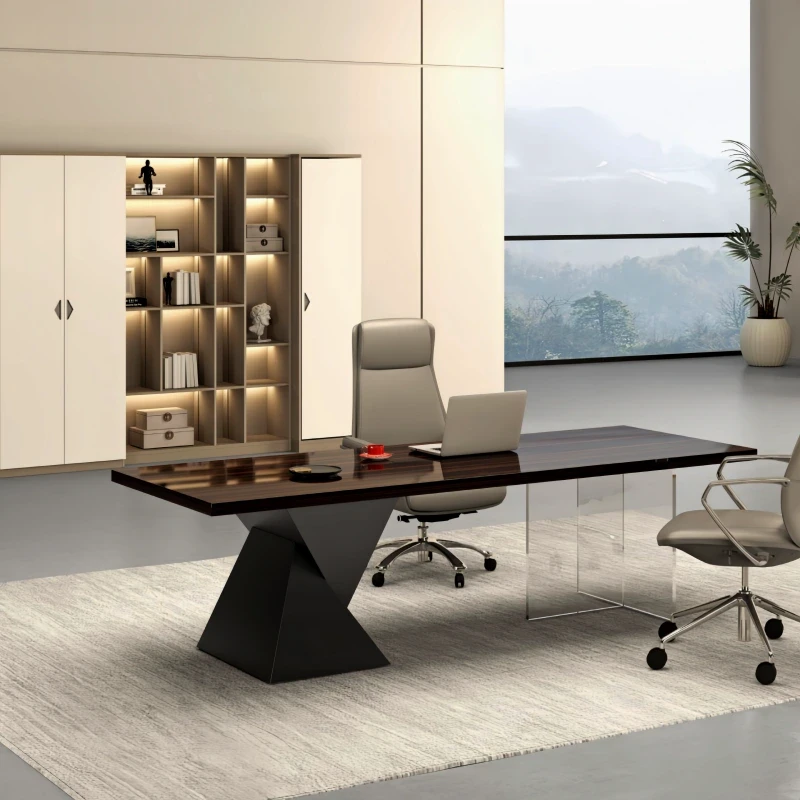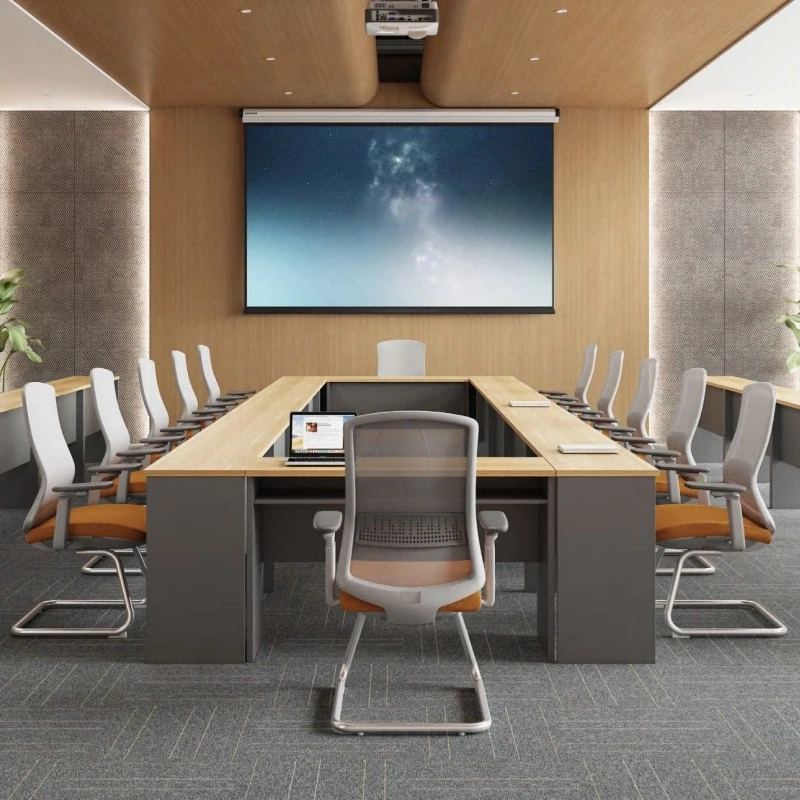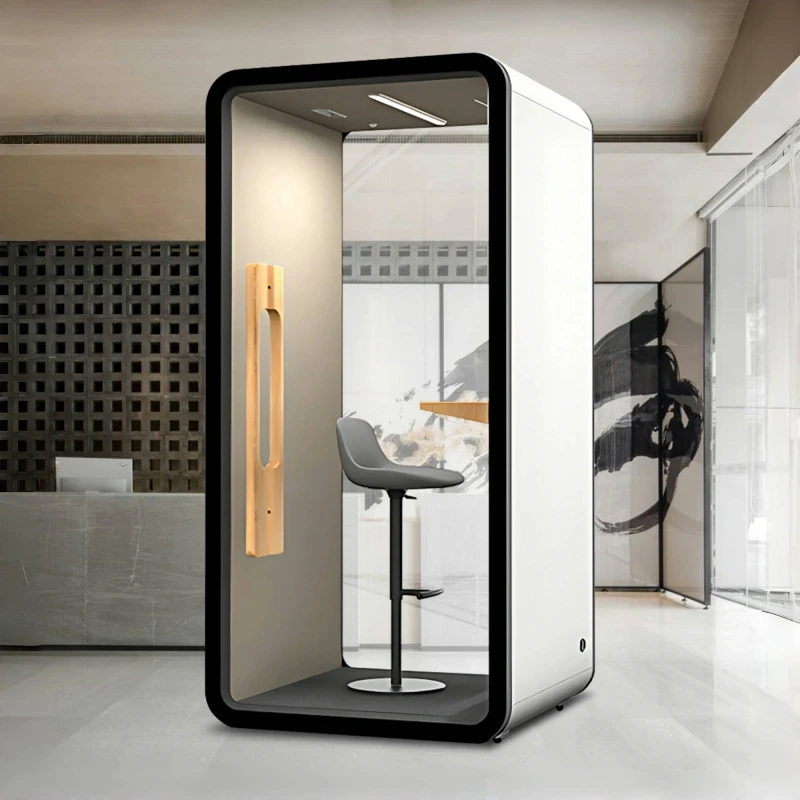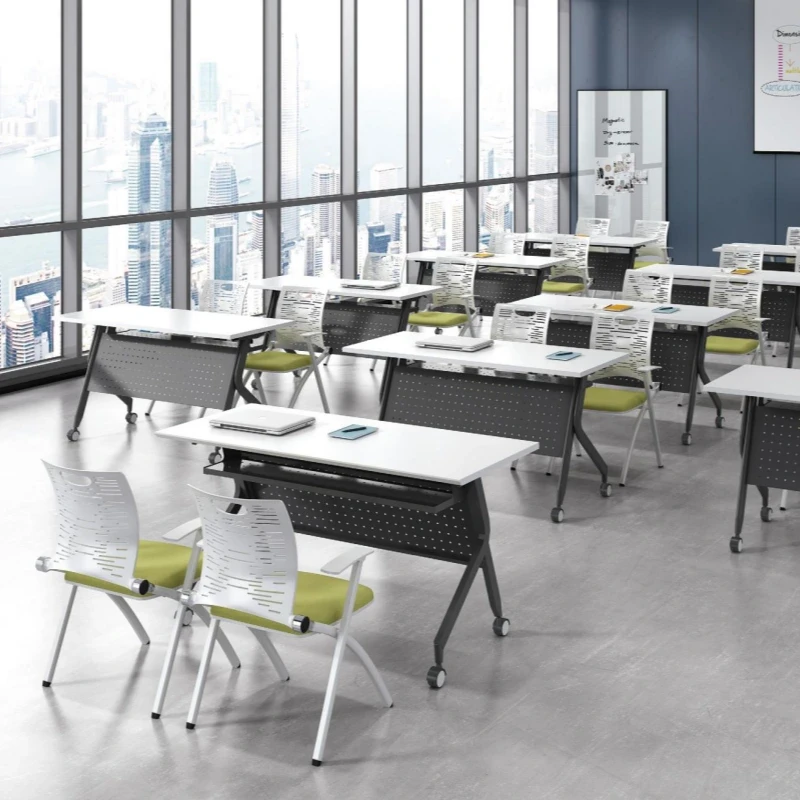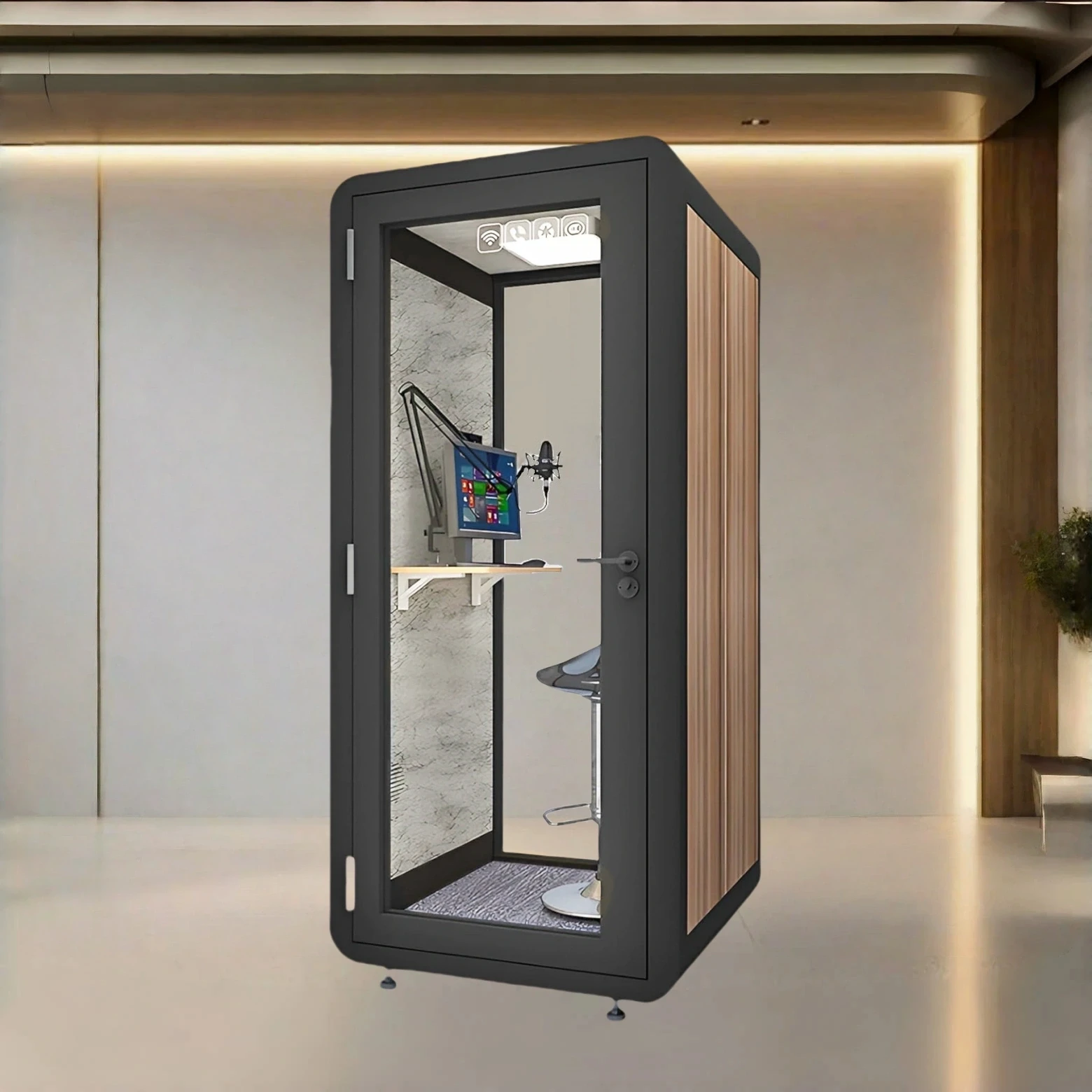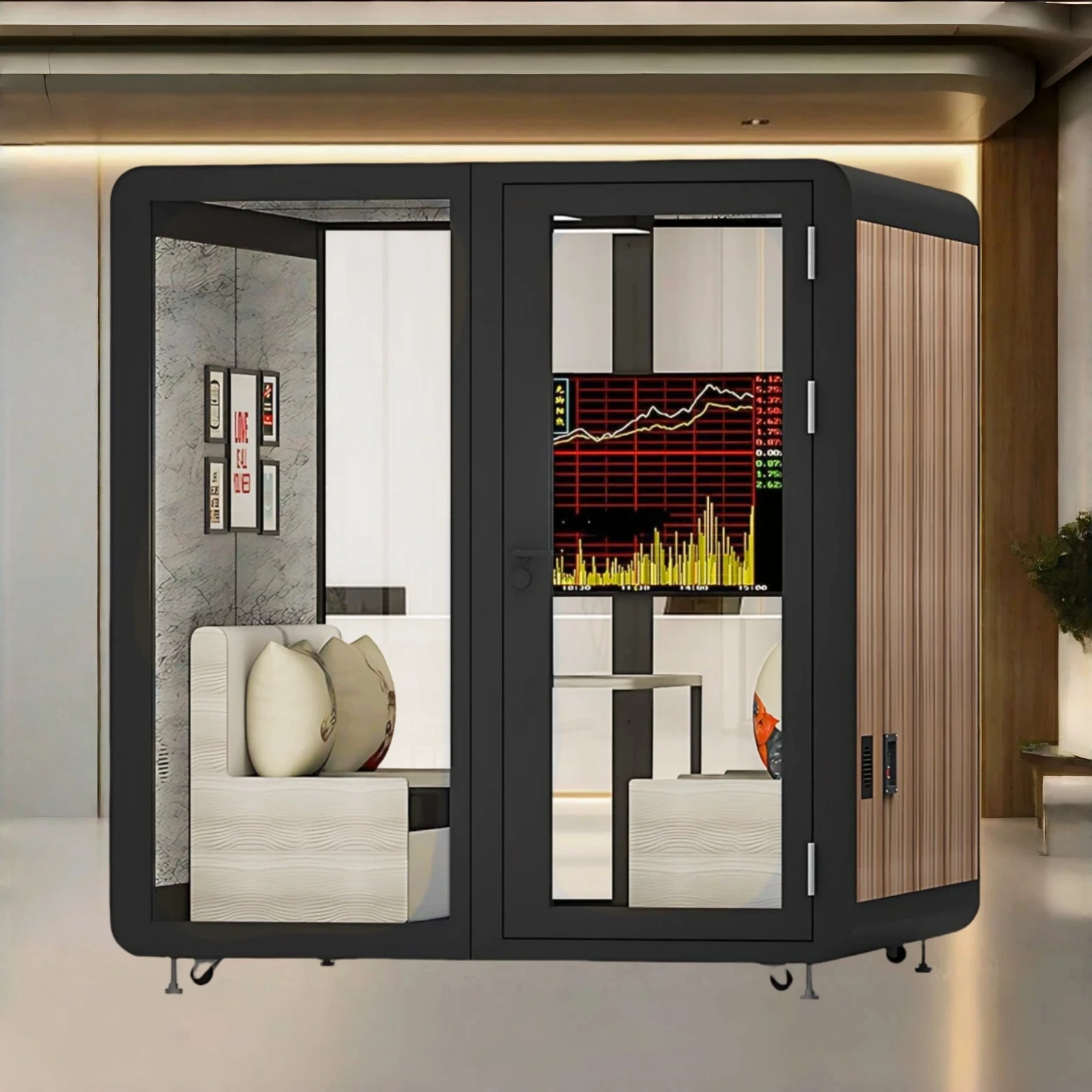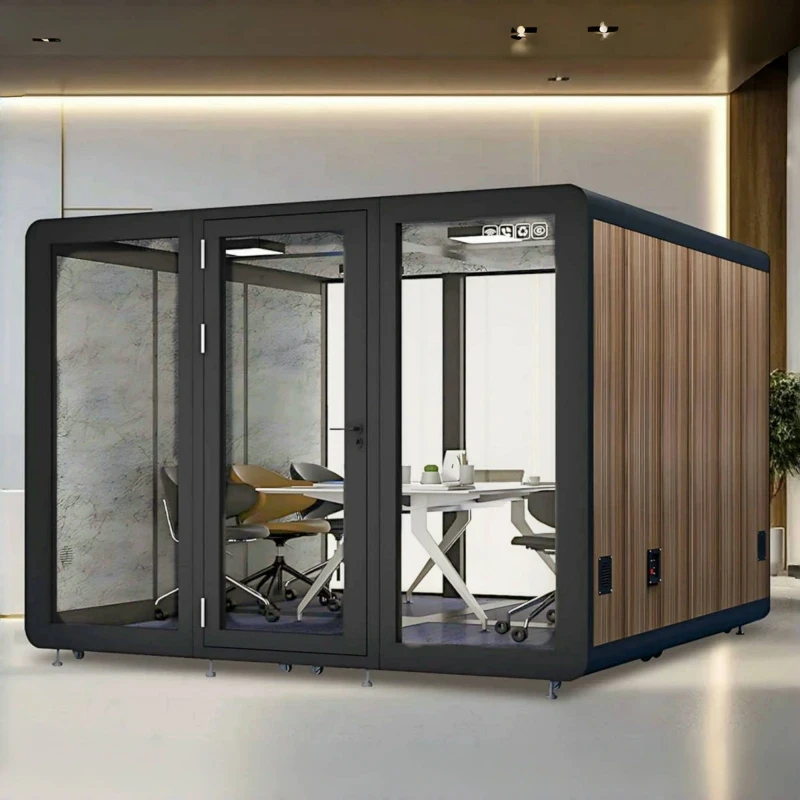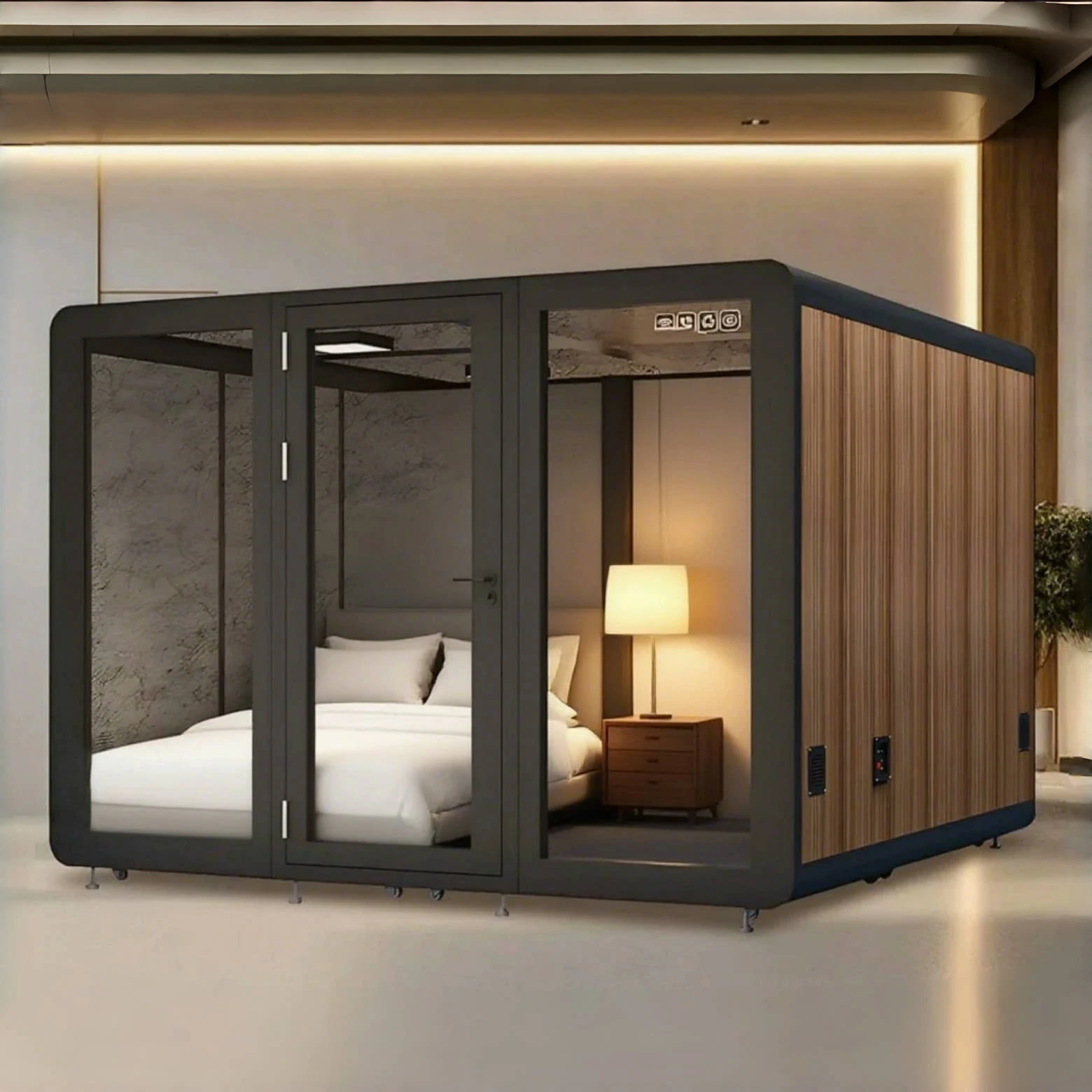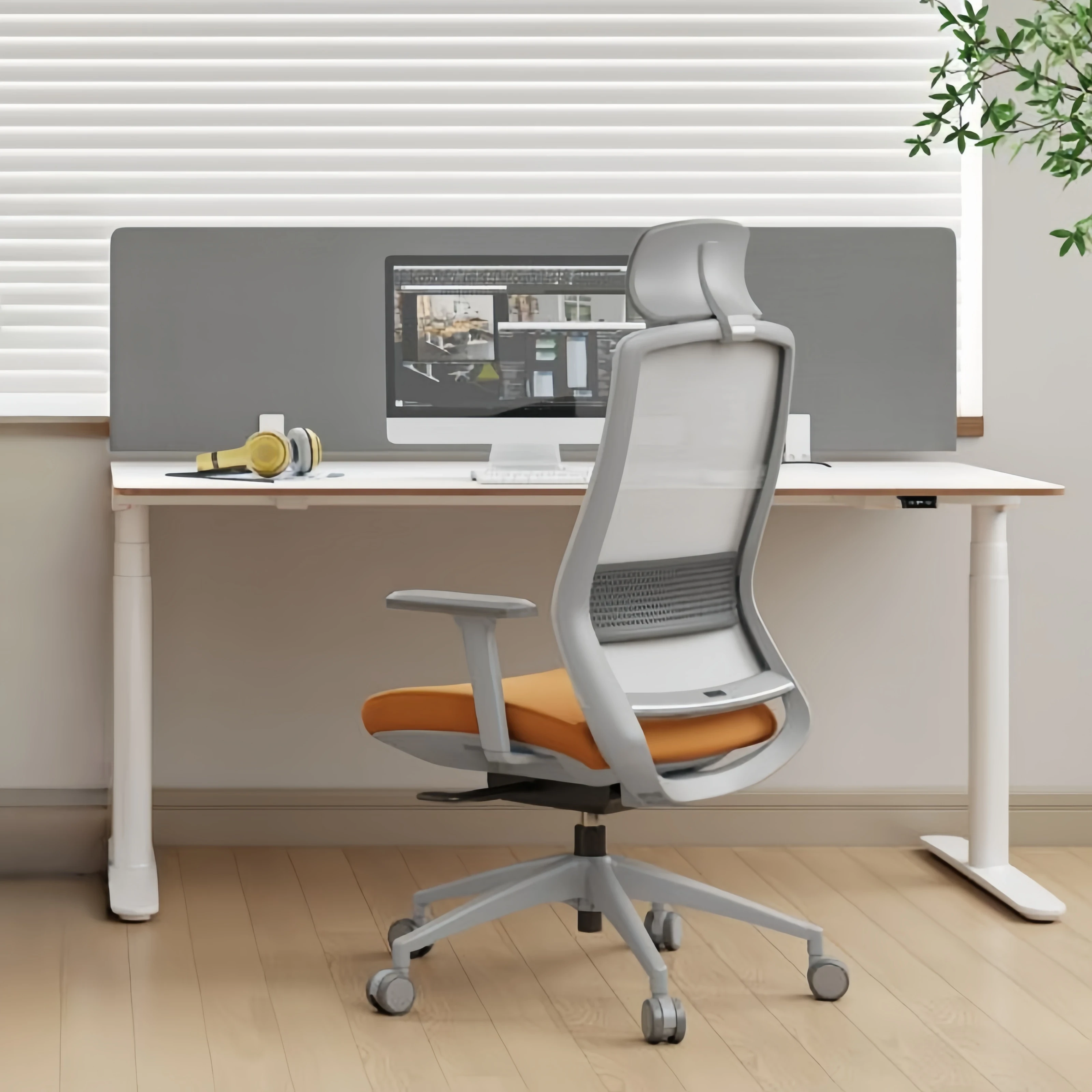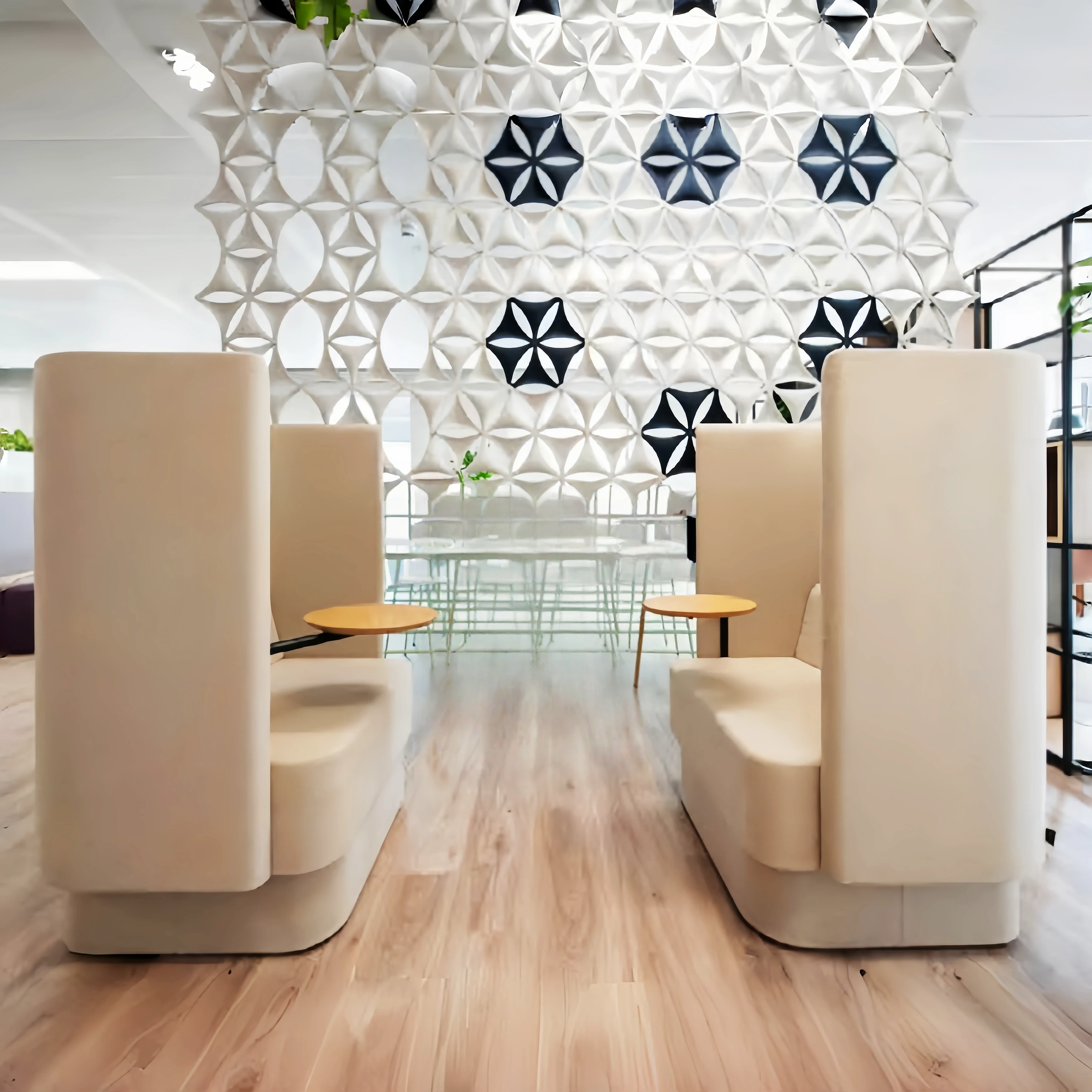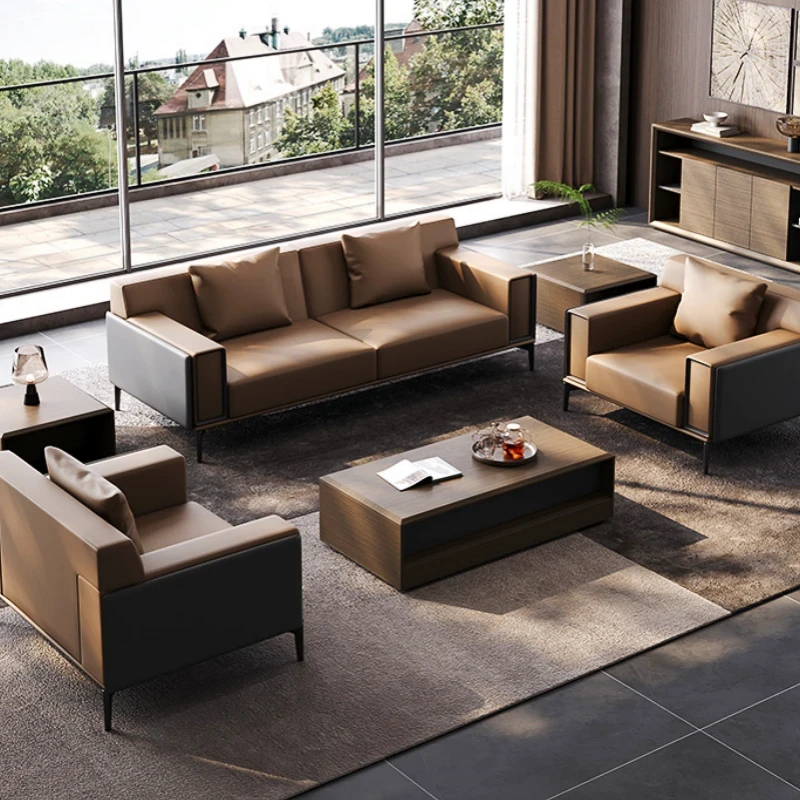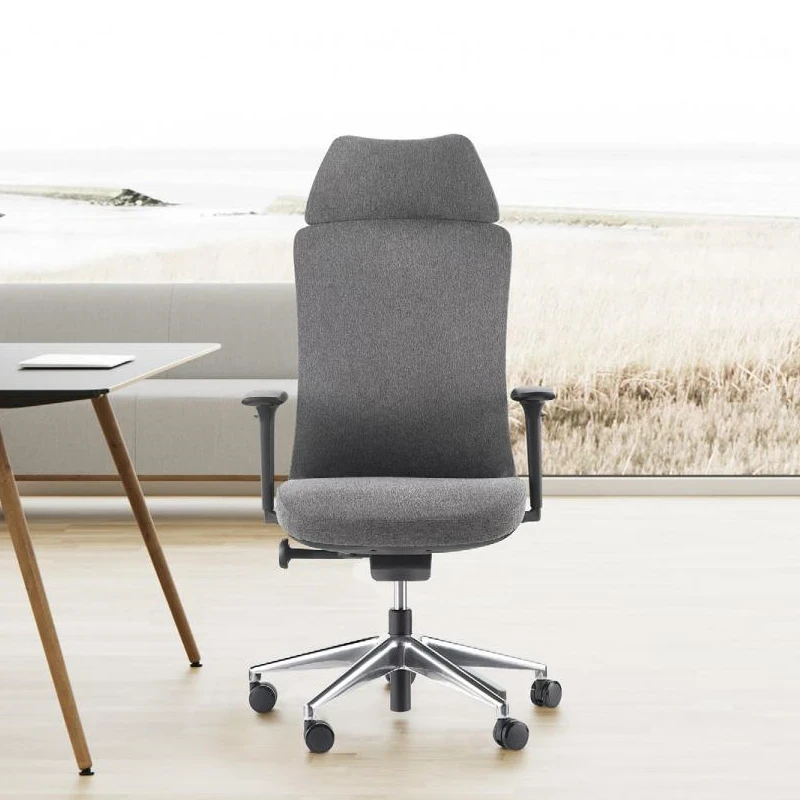In the modern office environment, employee workstation layout and furniture configuration have become crucial factors in improving productivity and employee satisfaction. As office needs evolve, traditional workstation designs are increasingly exposed to shortcomings, such as inefficient space utilization, inappropriate ergonomics, and a lack of flexibility. These challenges have prompted companies to focus on improving the work environment through rational furniture configuration, achieving a win-win situation for both employee comfort and productivity. This article will examine existing challenges, analyze solutions, and explore future developments to help readers understand the core elements of modern office furniture configuration standards.
I. Existing Challenges: Limitations of Traditional Workstation Design
1. Low Space Utilization
Many companies still use traditional workstation layouts, resulting in limited space utilization. Fixed office furniture sizes lead to excessive space usage, especially in small and medium-sized businesses. Excessive distances between workstations waste space and hinder teamwork.
2. Inadequate Ergonomics
People who work long hours often experience cervical and lumbar spine problems, one reason being that office furniture fails to adequately consider ergonomic design. Improper chair and desk heights and a lack of adjustment can cause employees to feel uncomfortable or even fatigue during their daily work.
3. Lack of Flexibility and Diversity
With the rise of remote work and flexible work schedules, employees' workstation needs have become more diverse. Traditional fixed workstations struggle to adapt to the changing needs of different roles and work styles, impacting overall work efficiency.
4. Equipment Integration and Management Challenges
Modern offices require the integration of a variety of devices, such as computers, monitors, and phones. Traditional workstation designs fail to adequately consider the layout and management of these devices, resulting in cluttered spaces and inconvenient maintenance.
II. Solution: Scientific Furniture Configuration Standards
1. Focusing on Ergonomics to Improve Employee Comfort
When designing workstation furniture, ergonomic principles should be prioritized. For example, office chairs should feature height adjustment, backrest tilt, and lumbar support to accommodate employees of different body types. Desk heights should be maintained within a range suitable for writing and computer use to avoid discomfort caused by long hours of work.
2. Modular and Adjustable Designs Enhance Spatial Flexibility
Furniture with a modular design can be combined and adjusted to meet different needs. For example, height-adjustable desks, movable partitions, and removable storage modules allow employees to quickly adjust their work environment based on changing tasks. This not only improves space utilization but also accommodates personalized work habits.
3. Environmentally friendly materials, focusing on health and sustainability
When selecting office furniture, focus on environmentally friendly materials to minimize environmental impact. Use non-toxic, odorless, and easy-to-clean materials to protect employee health. Durable furniture also extends its lifespan and reduces resource waste.
4. Integrated device design improves management efficiency
Rational layout of power outlets, network ports, and storage space facilitates device integration and management. For example, built-in cable troughs and concealed power ports reduce cable clutter and improve overall neatness. Furthermore, allowing for future technological upgrades, it's essential to reserve space for expansion.
5. Flexible layout options to meet diverse needs
Adopt flexible layout options, such as shared workstations, rotating workstations, and open workspaces, to meet the needs of different roles and employees. This design not only optimizes space utilization but also promotes teamwork and communication.
III. Future Development Directions: Combining Intelligence and Personalization
1. Application of Smart Office Furniture
In the future, smart office furniture will be gradually integrated into corporate environments. For example, office chairs equipped with sensors can detect employees' sitting posture and provide reminders to improve bad habits; intelligently adjustable desks can automatically adjust their height based on their height, providing a personalized and comfortable experience. Data analysis can also optimize space layout and equipment management.
2. Promotion of Green Ecological Design Concepts
Environmental protection has become an irreversible trend. Green office furniture not only focuses on the environmental friendliness of materials but also emphasizes energy-saving and recyclable designs. In the future, green design will be combined with smart technology to create a low-carbon, sustainable office environment.
3. Personalization to Enhance the Employee Experience
With the advancement of technology, personalized customization has become possible. Employees can choose ergonomic chairs and furniture in their preferred colors and styles based on their preferences, creating a workspace that fosters a greater sense of belonging and comfort. This not only improves employee satisfaction but also helps attract and retain talent.
4. Multifunctional Flexible Spaces
Future office spaces will be more multifunctional and versatile. In addition to traditional work areas, spaces will also be integrated for leisure, communication, and creativity, creating diverse spatial layouts. Furniture design will also become more multifunctional, with features like transformable conference tables and hidden storage to meet diverse needs.
5. Digital Management and Intelligent Control
Leveraging IoT technology, office furniture management will become even more intelligent. For example, centralized control systems will enable coordinated adjustment of lighting, air conditioning, and furniture, improving energy efficiency. Furthermore, data collection can help companies understand employee habits and continuously optimize space layouts.
As work styles continue to evolve, modern office furniture configuration standards are also evolving. Ergonomic design concepts, modular and adjustable layouts, environmentally friendly materials, intelligent equipment integration, and flexible and diverse spatial layouts are all key elements in achieving an efficient and comfortable work environment. In the future, the integration of technology will drive office furniture towards greater intelligence, personalization, and sustainability, creating an office space more adaptable to future needs. In this process, companies should optimize workstation configurations based on actual needs to create a practical and welcoming work environment for employees.

 USD
USD
 GBP
GBP
 EUR
EUR

